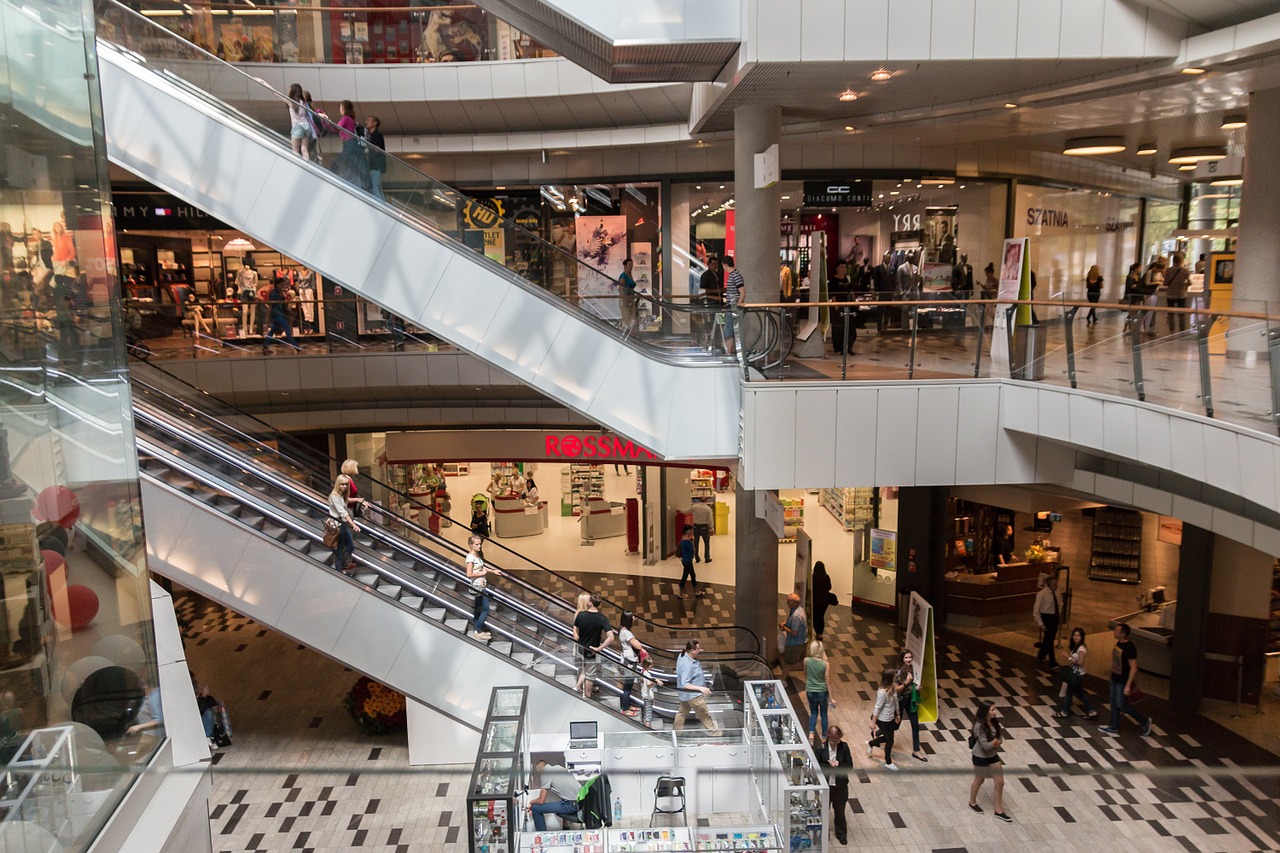
The Integral Role of Supply Chain in Retail Success
In today’s hyper-connected retail landscape, the supply chain isn’t just a behind-the-scenes operation.
It’s a critical component that can make or break a retailer’s success.
From ensuring product availability to influencing customer satisfaction, the supply chain’s role is multifaceted and paramount.
This article delves into its significance in the retail realm.
-
Defining the Supply Chain in Retail
The retail supply chain encompasses the series of processes and entities involved in moving products from suppliers to consumers.
This includes sourcing, production, logistics, distribution, and final sale.
-
Ensuring Product Availability
The primary role of the supply chain is to ensure that products are available when and where customers want them:
- Inventory Management: Balancing stock levels to prevent overstocks and stockouts.
- Demand Forecasting: Predicting product demand to align supply accordingly.
-
Impact on Customer Satisfaction
A seamless supply chain directly influences the customer experience:
- On-time Deliveries: Ensuring products reach store shelves or customers’ doorsteps as promised.
- Product Quality Control: Ensuring products meet quality standards and are not damaged in transit.
-
Cost Efficiency and Profitability
An optimized supply chain can significantly reduce costs:
- Bulk Purchasing: Buying in large quantities often results in discounts.
- Route Optimization: Reducing transportation costs by finding the most efficient routes.
-
Adapting to Market Dynamics
The supply chain allows retailers to adapt to changing market conditions:
- Seasonal Demand: Adjusting inventory for seasonal products or promotions.
- Crisis Management: Reacting to disruptions, such as natural disasters or global events, that can impact supply.
-
Sustainability and Ethical Sourcing
Modern consumers often prioritize sustainability and ethical practices:
- Eco-friendly Logistics: Using transportation methods that reduce carbon footprints.
- Ethical Sourcing: Ensuring products are sourced from suppliers that adhere to ethical labor practices.
-
Embracing Technological Innovations
Technology plays a pivotal role in modern supply chains:
- Real-time Tracking: Using IoT devices to track products in real-time.
- Artificial Intelligence (AI): Predicting demand or identifying potential supply chain disruptions.
-
The Omnichannel Challenge
With the rise of e-commerce and omnichannel retailing, supply chains have had to evolve:
- Fulfillment Centers: Warehouses designed to quickly ship online orders.
- Click-and-Collect: Integrating online shopping with physical store pickups.
The supply chain’s role in retail goes beyond merely moving products.
It’s a strategic function that influences customer satisfaction, profitability, and brand reputation.
As retail continues to evolve, so will the challenges and opportunities for supply chains.
Embracing adaptability, technological innovation, and sustainability will be key for retailers seeking to thrive in this dynamic environment.
Inventory and Warehouse Management
Inventory and warehouse management are pivotal elements that bridge the gap between suppliers and consumers.
Efficient management ensures that products are available, accounted for, and delivered on time.
This article sheds light on the intricacies and importance of inventory and warehouse management in retail.
-
Inventory Management: The Heart of Retail
Inventory management encompasses the processes of ordering, storing, and using a company’s inventory.
This includes the management of raw materials, components, and finished products.
- Stock Control: Monitoring product levels to ensure an optimal balance between demand and supply.
- Demand Forecasting: Predicting the future demand for products to manage procurement and production accordingly.
-
The Role of Warehouses in Retail
Warehouses are storage centers where retail goods are kept until they’re needed in the store or delivered to a customer.
- Centralized Storage: Allows retailers to buy in bulk, leading to economies of scale.
- Distribution Centers: Specialized warehouses designed to expedite the distribution process.
-
Modern Warehouse Management Systems (WMS)
Advanced WMS provides real-time insights into inventory levels, order status, and storage space availability.
- Barcode Scanning: Automates the process of tracking products as they move through the supply chain.
- Inventory Tracking: Monitors stock levels and provides alerts when restocking is needed.
-
Just-In-Time (JIT) Inventory
A strategy that reduces inventory holding costs by ordering and receiving stock only when it’s needed.
- Reduced Holding Costs: Less money tied up in unsold inventory.
- Minimized Overstock: Reduces the chances of having unsold products that become obsolete.
-
The Challenges of Inventory Management
- Stockouts: When a product is unavailable, leading to potential lost sales.
- Overstock: Excess inventory ties up capital and can lead to increased holding costs.
- Inaccurate Data: Can result from human error or system glitches, leading to procurement issues.
-
The Growing Role of E-commerce
With the rise of online shopping, warehouse management has had to adapt:
- E-commerce Fulfillment Centers: Dedicated warehouses for online orders.
- Dropshipping: Retailers directly send customer orders to manufacturers or wholesalers for fulfillment.
-
Sustainability in Warehouse Management
Modern warehouses are integrating green practices:
- Energy Efficiency: Using renewable energy sources and energy-efficient appliances.
- Waste Reduction: Implementing recycling and reusing practices to minimize waste.
-
The Future: Smart Warehouses
With technological advancements, warehouses are becoming more automated:
- Robotic Assistance: Robots aiding in product picking and stock replenishment.
- IoT (Internet of Things): Devices providing real-time tracking and analytics for better decision-making.
Inventory and warehouse management stand at the crossroads of the retail supply chain, ensuring that products reach consumers efficiently and effectively.
As the retail landscape evolves, driven by technology and changing consumer behaviors, these processes will remain central, adapting and innovating to meet new challenges and opportunities.
Retail Logistics and Distribution
Retail logistics and distribution play a crucial role in ensuring that the right products reach the right place at the right time.
As the final link in the supply chain, they directly influence customer satisfaction, store operations, and the overall success of a retail business.
This article explores the intricacies of retail logistics and distribution.
-
What is Retail Logistics?
Retail logistics involves the processes and systems used to manage the flow of goods from the manufacturer or wholesaler to the retail store or the end consumer.
-
Key Components of Retail Logistics
- Inventory Management: Ensures products are available in the right quantities, reducing stockouts or overstock situations.
- Warehousing: Centralized storage facilities that hold inventory until it’s needed.
- Transportation: The movement of goods from the warehouse to the retail store or directly to the consumer.
-
The Role of Distribution Centers
Distribution centers (DCs) are specialized warehouses designed to expedite the distribution process:
- Cross-Docking: Products are received, sorted, and directly loaded onto outbound trucks for rapid distribution.
- Order Fulfillment: DCs pick and pack products for specific store orders or e-commerce customers.
-
The Last Mile Challenge
The “last mile” refers to the final leg of the distribution journey, delivering products to their final destination:
- Speed and Efficiency: With the rise of e-commerce, next-day or even same-day delivery has become a competitive advantage.
- Cost: Last-mile delivery can be expensive, making it essential to find efficient routes and distribution methods.
-
Technological Advancements in Retail Logistics
- Route Optimization Software: Uses algorithms to determine the most efficient delivery routes.
- Real-time Tracking: Allows retailers and consumers to track deliveries in real-time.
- Automated Warehousing: Incorporates robotics and AI to optimize storage and order fulfillment.
-
Sustainability in Logistics and Distribution
Green logistics aims to reduce the environmental impact of distribution activities:
- Eco-friendly Packaging: Using recyclable or biodegradable materials.
- Fuel-Efficient Transport: Utilizing electric vehicles or optimizing routes to reduce fuel consumption.
-
The Challenges of Retail Logistics
- Demand Fluctuations: Seasonal demands or sales promotions can strain logistics operations.
- Global Supply Chains: International logistics involves navigating customs, tariffs, and longer delivery times.
- Returns Management: Handling product returns efficiently is vital for customer satisfaction and inventory management.
-
The Future of Retail Logistics
- Drone Deliveries: Offering rapid deliveries, especially for urban areas.
- Localized Distribution Centers: Small, urban warehouses designed to quickly fulfill online orders.
- Direct Manufacturer-to-Consumer Models: Bypassing traditional retail channels for faster, more direct distribution.
Retail logistics and distribution are more than just transporting goods; they are about ensuring a seamless flow of products that meets consumer expectations and business needs.
As the retail environment continues to evolve, driven by technological innovations and changing consumer behaviors, logistics and distribution strategies will be at the forefront of meeting these new challenges and opportunities.
Unlock Your Potential in Retail Management.
Enroll in our Retail Business Academy Today
Transform Your Career & Business!




















